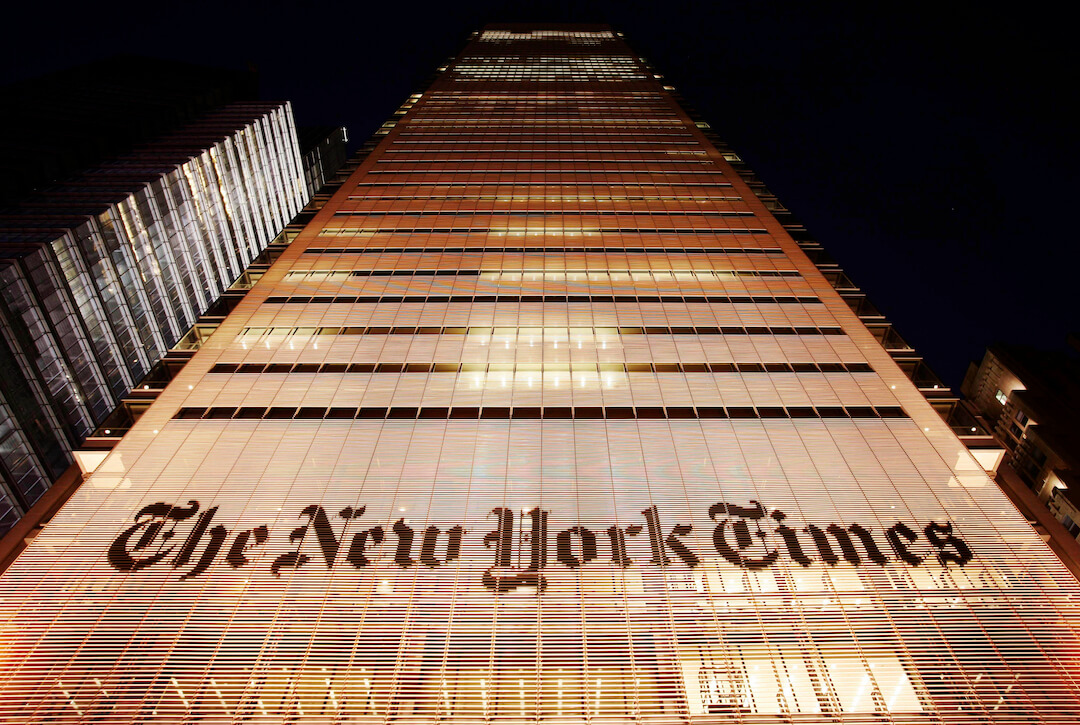





As the 2024 U.S. presidential election unfolds, multiple news outlets are gearing up to provide real-time updates to voters. Apple News has introduced a feature called Live Activities, allowing users to receive updates directly on their iPhone Lock and Home Screens starting on Election Day, November 5, 2024. This feature enhances user experience by providing updates without the need to unlock the device [e240f05f]. Users with an iPhone 14 Pro or later running iOS 16.1, or an iPad with iPadOS 17, can activate these updates through the Apple News app [e240f05f].
The New York Times is reintroducing its statistical model known as the Needle to report on election results, contingent on resolving technical issues amid a tech guild strike. The Needle, which has been refined since its criticized performance in 2016, aims to provide real-time probability estimates of election outcomes, unlike other models such as AP VoteCast and Edison Research that wait for certainty [8cd2bc52]. A dedicated team of nearly 100 journalists and data experts will be on hand to report live on Election Day, ensuring that updates are timely and accurate [b059d7fb]. Political analyst Nate Cohn has expressed uncertainty about the Needle's live publication due to potential tech glitches, but the Times plans to make access free initially [8cd2bc52].
In Maryland, The Baltimore Banner will also report live election results starting at 8 p.m. on November 5, 2024. Their coverage will include results for the Baltimore City Council, U.S. president, U.S. Senate, and various county ballot initiatives. Notably, mail-in ballot counting began on October 15, 2024, with over 343,000 mail ballots received out of 880,000 sent, and nearly 1 million Maryland voters participated in early voting [1fafd1c2]. The Banner will report when candidates claim victory or concede but will not call races themselves, relying instead on the Associated Press for race calls based on clear winner analysis [1fafd1c2].
The Needle's confidence intervals will indicate the likelihood of various outcomes, although it acknowledges that errors in reporting can occur. Such discrepancies are addressed quickly to maintain the integrity of the information presented [b059d7fb]. One of the challenges affecting reporting is the potential delay caused by mail-in ballots, particularly in key swing states like Arizona and Nevada [b059d7fb]. As voters cast their ballots and the counting process begins, the New York Times aims to provide a clear and comprehensive picture of the election results, helping to inform the public about the unfolding electoral dynamics [b059d7fb].
WIRED's live blog is also covering the election extensively, focusing on issues such as conspiracy theories, extremism, and propaganda surrounding the election. Reporters David Gilbert and Vittoria Elliott are providing on-the-ground coverage from Arizona and Pennsylvania, respectively. Influencer Marcus J. DiPaola has begun TikTok coverage, while Tyler Bowyer shared videos of party buses in Arizona [fe6c4dd1]. Notably, Elon Musk's town hall on X faced technical issues, and Joe Rogan has endorsed Trump, citing Musk's influence [fe6c4dd1]. Kamala Harris is campaigning in Pennsylvania, targeting Latino voters, amidst reports of election-related violence and intimidation [fe6c4dd1]. CISA director Jen Easterly has assured the public of election security, with 1,300 security assessments conducted since 2023 [fe6c4dd1]. Polls are closing in Indiana and Kentucky at 6 PM EST, with major poll closings at 7 PM and 8 PM EST [fe6c4dd1].
As Election Day progresses, the interplay between the New York Times' Needle, The Baltimore Banner's live reporting, and WIRED's coverage will likely shape public perception and voter engagement, underscoring the critical role of journalism in the democratic process [ffd27ada]. Meanwhile, the integration of Apple News' Live Activities feature will allow users to stay informed seamlessly, reflecting the growing intersection of technology and politics in modern elections [e240f05f].